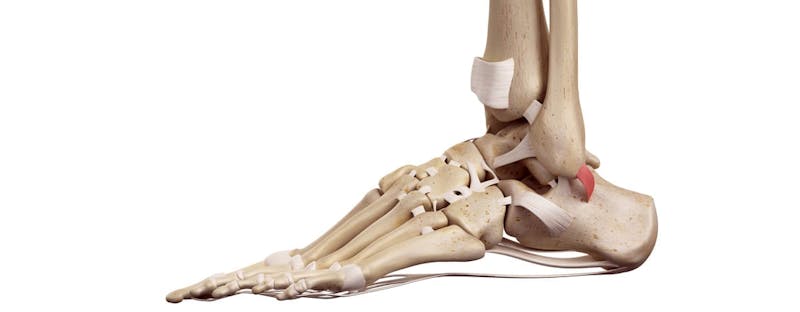Schedule a Consultation
Contact Us


The foot has two peroneal tendons that run side-by-side along the ankle. One of the tendons attaches at the outside middle of the foot and the other attaches to the foot’s arch. These tendons work to keep your ankle stable so that you do not twist and sprain it. The peroneal tendons can experience acute injuries as well as overuse injuries, both of which require diagnosis and treatment by a podiatrist.
Peroneal Tendinitis
Peroneal tendinitis is an inflammation of one or both of the tendons. This kind of injury can happen after an ankle sprain. You could also develop peroneal tendinitis after performing repetitive motions with your foot for a long time, such as tapping your foot to the beat of music for many hours. Overuse of the tendon can also cause inflammation. Symptoms of peroneal tendinitis include swelling, pain and warmth of the area. The podiatrist may diagnose tendinitis with an exam.
Tendon Tears
A torn peroneal tendon is a serious injury that could result from either trauma or repetitive movements. If you experience a trauma such as a slip-and-fall accident, you may notice swelling, pain and weakness or instability of your ankle right away. When the tendon tears due to repetitive movements, your foot could change in shape over a period of time, with a higher arch than you used to have. Most podiatrists will perform surgery to repair the torn tendon.
Degeneration of the Peroneal Tendons
Degeneration of the peroneal tendons takes place over time, but a sudden injury can easily tear the damaged tissue. If you have high arches, the stress experienced by the tendons can cause them to deteriorate. Overuse injuries are the leading cause of degenerated peroneal tendons. A podiatrist may offer braces to help stabilize the weakened tendon. Surgery may also be an option to repair the tendons and the structures that support it.
Sublaxation
Sublaxation is when a tendon slips out of its proper position. This could happen because of an ankle sprain or another type of trauma to the foot. Early treatment of a tendon sublaxation is essential to your foot’s health because the tendon could rupture if it is not in its proper place. A sublaxated tendon may cause sporadic pain around the ankle and instability of the ankle joint. You might also have a snapping sensation of the tendon when walking. Surgical repairs are needed to fix the sublaxation.